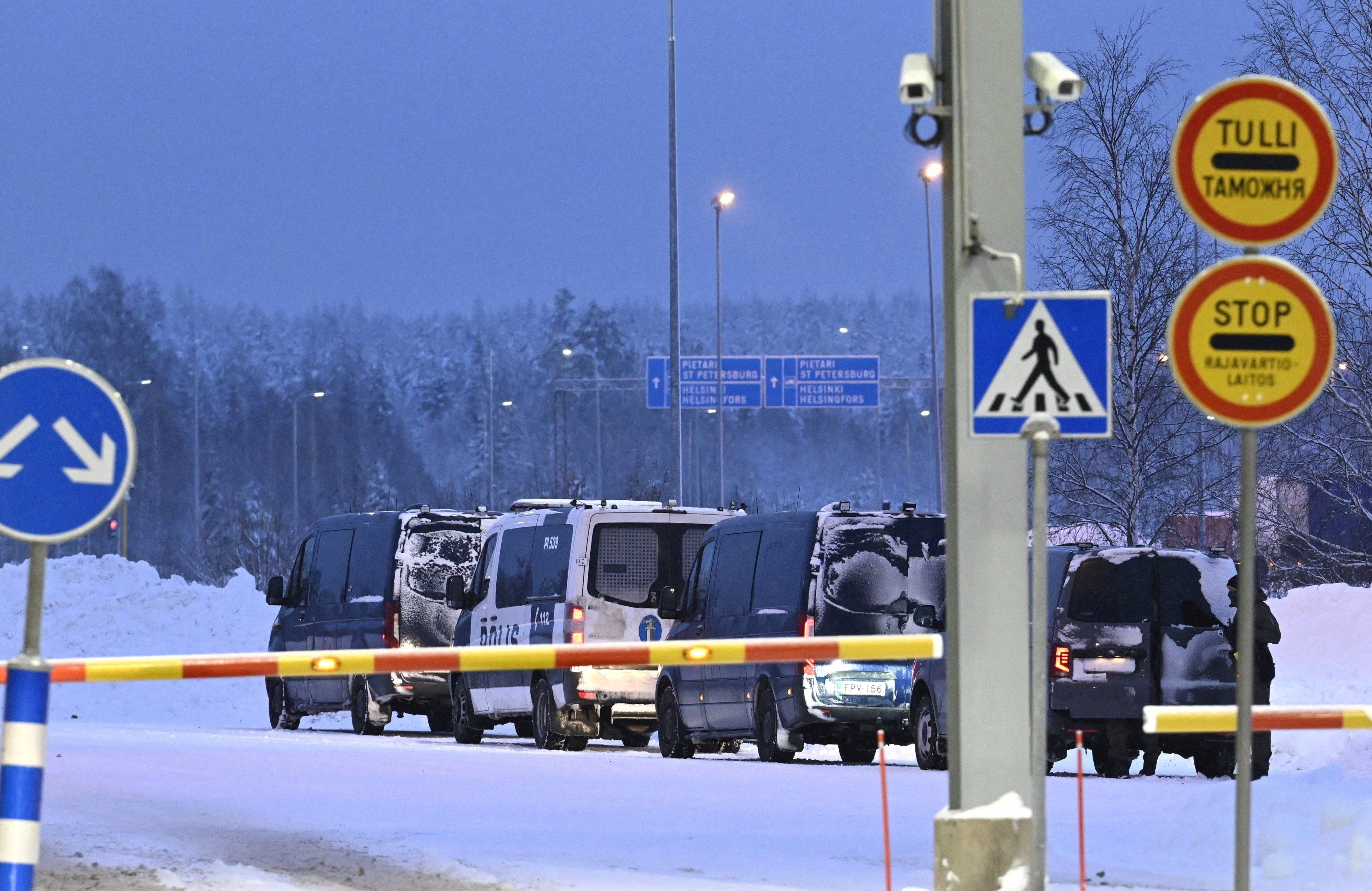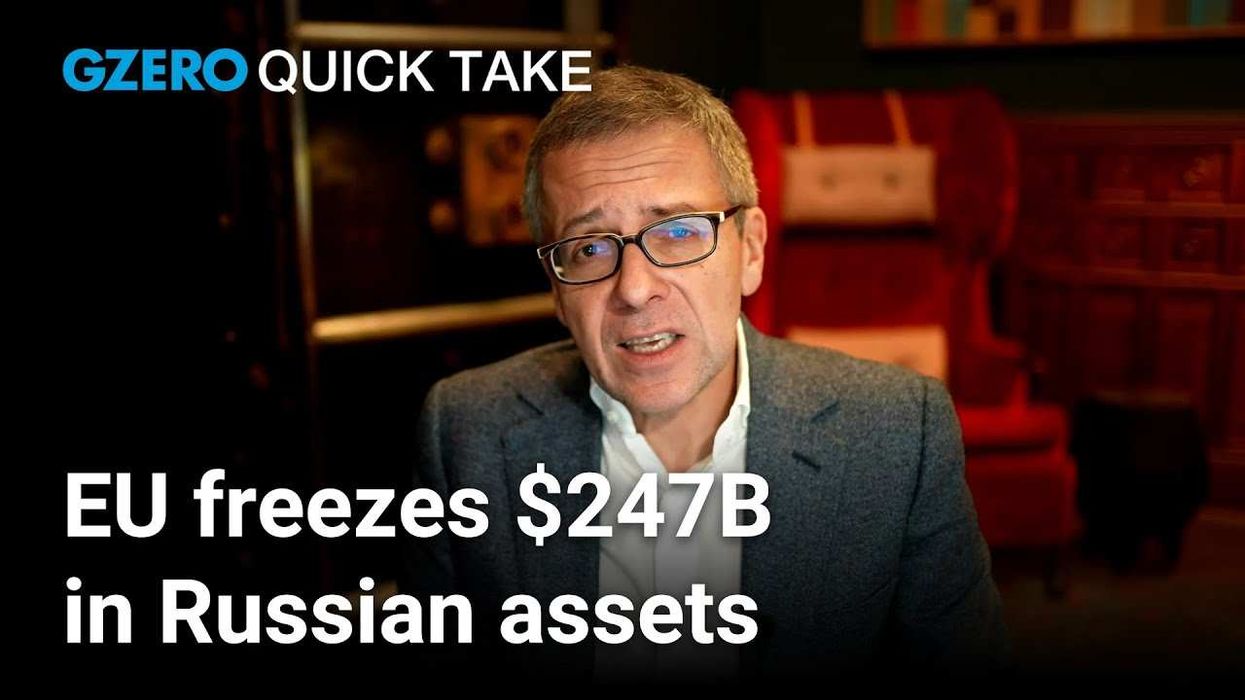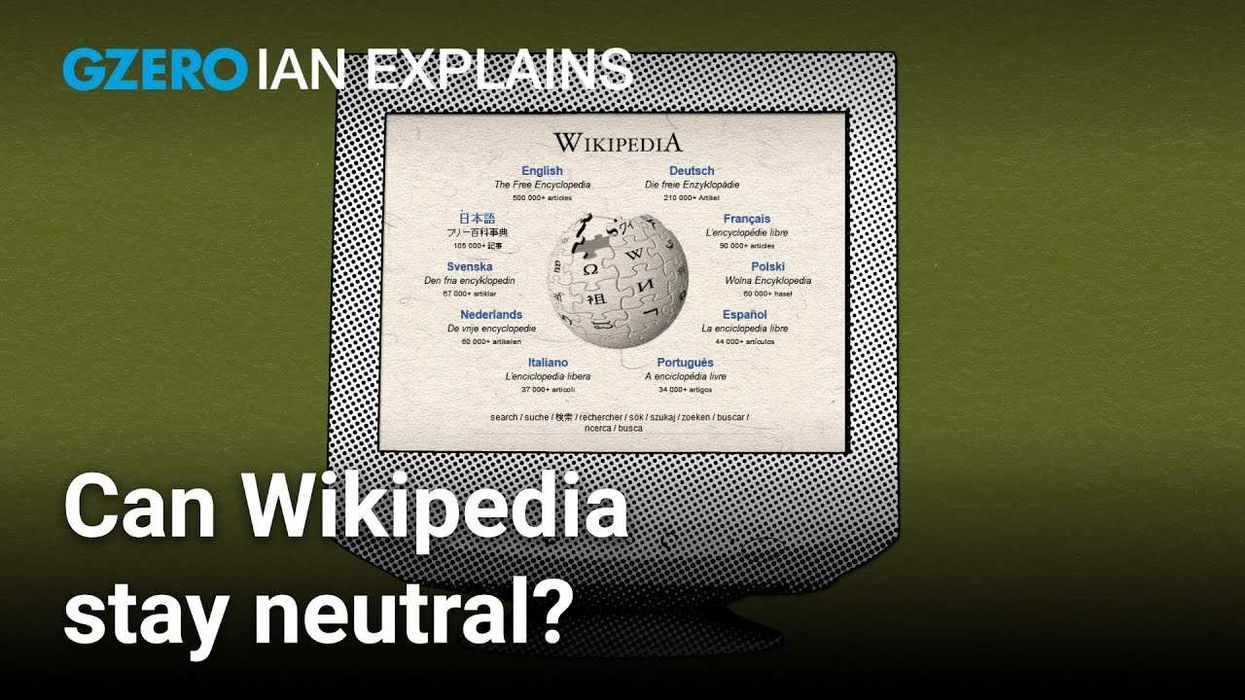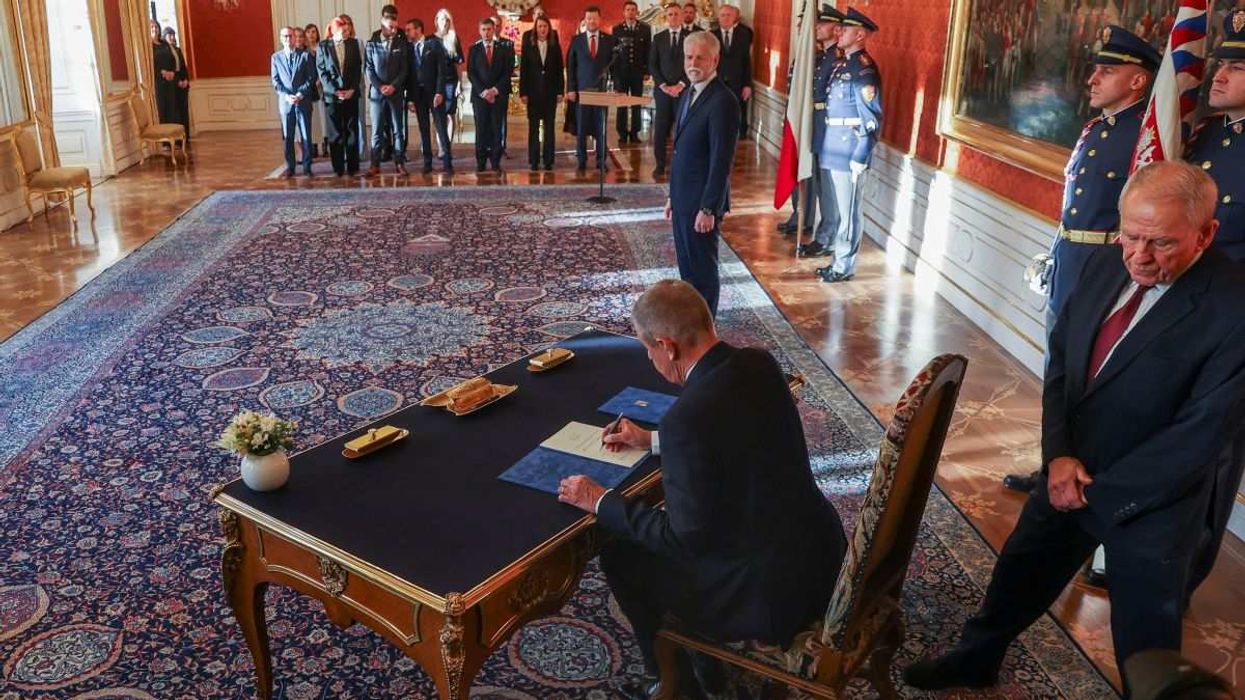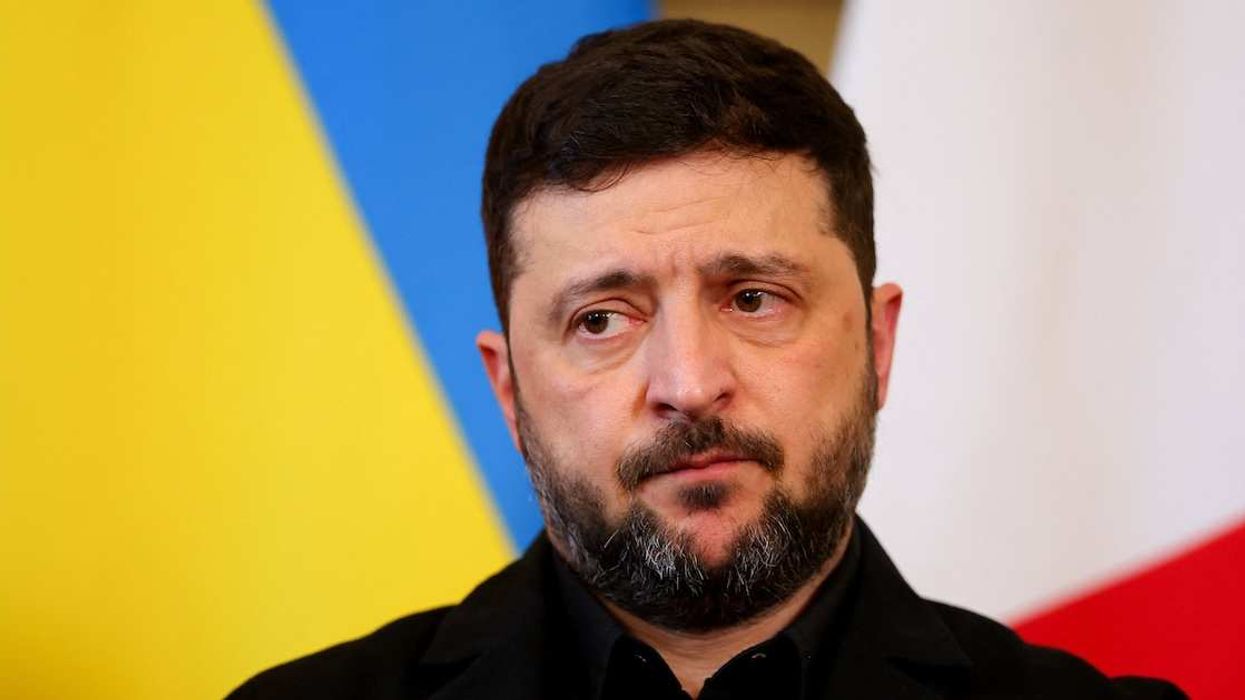Early next week, the United States will sign a Defense Cooperation Agreement with Finland, which shares an 830-mile (1,340 km) border with Russia.
But Finland already joined NATO earlier this year, ditching its decades of non-alignment in the wake of Russia’s invasion of Ukraine. So what gives?
The problem is that while NATO is big and powerful, it’s also consensus-driven and slow. Moving its resources around takes time – a luxury that Finland might not have in the event of Russian aggression.
The new deal – which still requires ratification by lawmakers in both countries – would enable the US to move military equipment and troops to Finland much more quickly, something that would be “vital in a crisis," according to Finland's Foreign Minister Elina Valtonen.
The US already has a similar agreement in place with Finland’s neighbor Sweden – whose own NATO accession keeps stumbling over Turkish objections – and more than half a dozen other NATO members concerned about the risk of Russian revanchism.
All of which confirms the Russian president as, among other things, Salesman of the Year for NATO membership and bilateral US security pacts. Well done, Vladimir!
